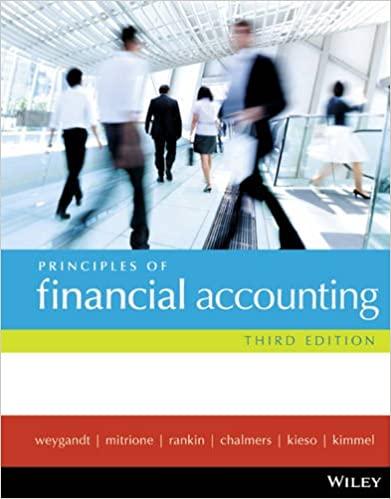1. Which of the following statements is true of facilities-sustaining costs? Facilities-sustaining costs vary with the output volume and include only indirect costs. Facilities-sustaining costs
1. Which of the following statements is true of facilities-sustaining costs?
Facilities-sustaining costs vary with the output volume and include only indirect costs.
Facilities-sustaining costs vary with the number of groups or batches that are run.
Facilities-sustaining costs do not vary with any factors such as units or batches but are necessary in operating the plant.
Facilities-sustaining costs do not vary with the output volume and include direct and indirect costs.
2. Which of the following statements is true of product diversity?
Costs related to setups, material handling, and inspection are all possible examples of costs of product diversity.
Product diversity means that different products consume overhead activities in systematically different proportions due to possible variations in product size, complexity, setup time, or the size of batches.
Using only unit-based activity drivers to assign nonunit-related overhead costs can cause product diversity.
Product diversity states that a product must have various versions with small differences.
3. A company had a total of 500 sales orders for a period. The company incurred $162,500 as costs of processing these orders for the period. The company made 1,000 sales calls during this period. Calculate the activity rate for processing sales orders of the company for the period.
$295.00 per order
$325.00 per order
$162.50 per order
$108.33 per order
4. Which of the following statements is true of an activity-based costing (ABC) system?
An activity-based costing system focuses only on directly tracing the cost factors to the units produced.
In an activity-based costing system, costs are assigned directly to cost objects and hence are more accurate.
In an activity-based costing system, costs are first assigned to cost activities and then to cost objects.
An activity-based costing system assigns more direct costs to overheads compared with other conventional costing methods.
5. Which of the following statements is true of resource drivers?
They measure the consumption of resources by activities.
They measure the consumption of activities based on products and other cost objects.
They are used each time a unit is produced.
They emphasize on direct tracing.
6. A company produced 12,000 units of a product. The prime cost was $407,000. In total, 2,200 machine hours were used to produce the product. Setup hours for the period were 1,400. The activity rates were $45 per machine hour and $110 per setup hour. What is the unit cost of the product using overhead rates based on machine hours and setup hours?
$42
$34
$21
$55
Step by Step Solution
There are 3 Steps involved in it
Step: 1

See step-by-step solutions with expert insights and AI powered tools for academic success
Step: 2

Step: 3

Ace Your Homework with AI
Get the answers you need in no time with our AI-driven, step-by-step assistance
Get Started


